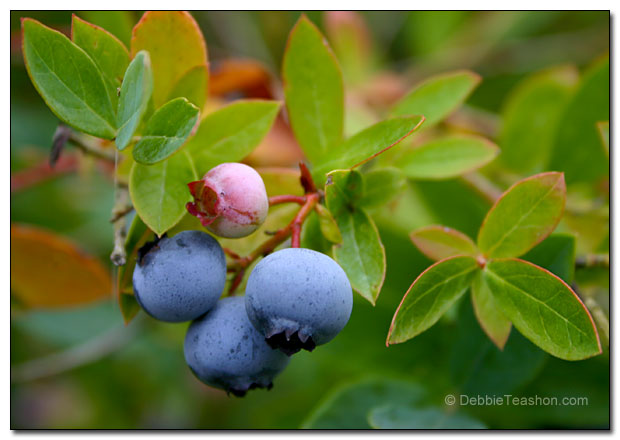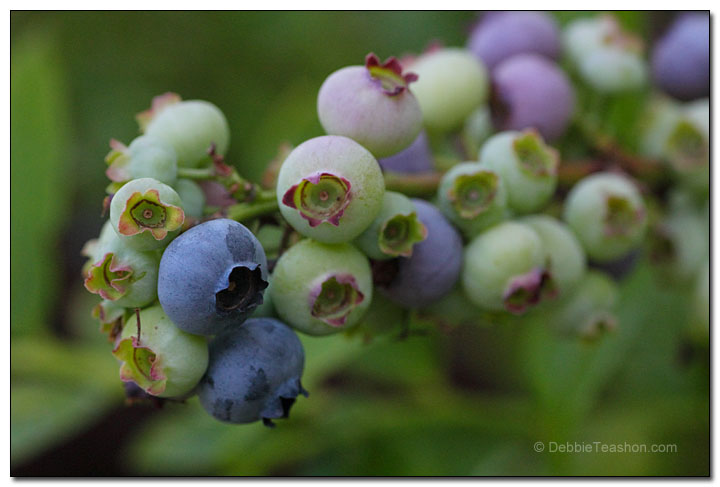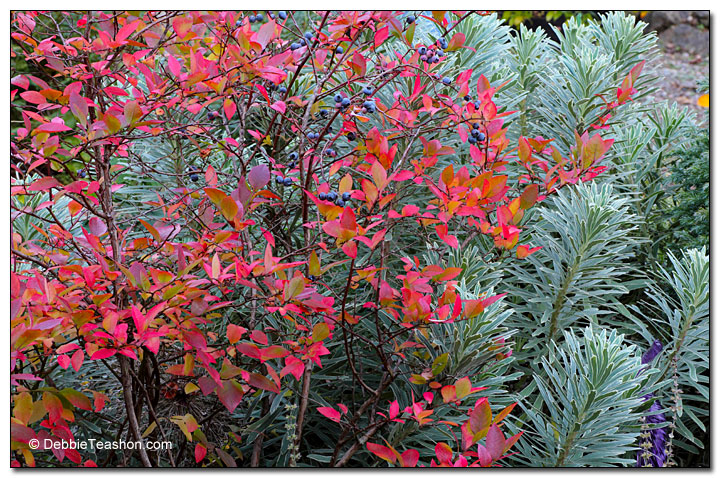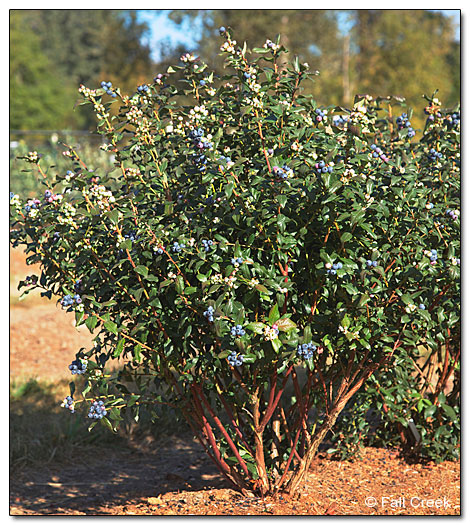Blueberries: the ornamental shrubs you love to eat!

Would you love to have your children crave highly nutritious food chockful of antioxidants, vitamins, and minerals? One such fruit might be the plant you want to grow in your garden — blueberries! Children enjoy the sweet fruit and eat them readily.
Teaching children to grow food is simplified when introducing easy-to-cultivate blueberry shrubs into your Northwest garden. Plant early, mid, and late-season varieties to extend the summer harvest.
A typical blueberry shrub produces approximately five pounds of fruit on each bush. Grow at least two blueberry plants per person for fresh eating and four plants per person for fresh eating, baking, and freezing.
Blueberry Requirements
Although blueberries are not challenging to grow, pay attention to their basic needs. Blueberries need full sun and acidic soil to thrive. Take heart. Our Kitsap County soil is acidic. Unless your soil is alkaline, there is no need to lower the pH with acidic fertilizers.
Do not add lime to any ground nearby blueberry shrubs. Avoid planting too close to concrete sidewalks or foundations since concrete leaches lime into the soil. Use an inexpensive pH kit (available at most garden centers) to test your soil for acidity, a great science project for children. The optimum pH level for blueberries is between 4.5 and 5.5.
Blueberries have shallow roots that will not compete well with other plants for nutrients from the soil. Keep the shrub free of weeds. Build raised beds for the blueberries if you have heavy, clay soil that does not drain well. Give your edible shrubs moist, well-drained soil.
Once you have your bushes planted, you need them to produce copious amounts of fruit for harvest and stay beautiful.
During our summer drought, they need weekly watering. One inch of water per week and mulching around their base help retain moisture. Container plants will need daily watering during the heat of summer. Do not be stingy with the water.
In late April, fertilize blueberry shrubs with a high-nitrogen fertilizer such as blood or cottonseed meal. Fertilize the shrubs in May, June, and late July using an organic, all-purpose fertilizer. These nitrogen fertilizers will not raise the pH level and give the plant a growth boost when needed.
Mulch spread around the blueberries keeps the soil from drying and suppresses weeds.
Initially, when you plant your blueberry, do not let it flower or bear fruit the first year in the ground. Let the shrubs direct all their energy into settling into their new home and putting on good growth. The plants will live up to 50 years or more.
While dormant, prune your blueberries every winter (January to early March). Prune your mature bushes to be open with good circulation and have 6 to 12 canes at their base while keeping an equal number of 1, 2, 3, and 4-year-old canes. Typically, a branch will fruit best in the first and second year, after which fruit production declines.
Protect Your Blueberries
Protect your blueberry shrubs from deer — they will decimate your plants quickly. Use bird netting over the shrubs or fence the deer out to protect your darlings from the four-legged eating machines.
Birds are stingy when it comes to sharing blueberries with you. They will pick a bush clean in little time. Net your shrubs to keep some of the harvests for you and your family. If you like feeding birds, plant a few extras and leave them net-free for your feathered friends.
Four Outstanding Varieties
Three of my favorite blueberries are the following. Vaccinium ‘Darrow’ is grown for its large, tasty fruit and fall foliage, while Vaccinium ‘Sunshine Blue’ delivers evergreen foliage, fuchsia-pink, urn-shaped flowers, and good berry production. Vaccinium ‘Elliot’ has brilliant, red fall leaves and a late-season berry.
A blueberry discovered in Oregon and aptly named Vaccinium ‘Perpetua’ gives two berry crops per growing season. Most blueberries bloom and fruit on old wood after going through a chill period in winter. ‘Perpetua’ does the same; however, it also blooms on new wood without the usual cold requirement, fruiting another crop of blueberries in the fall. The dark green, glossy leaves on a compact plant make it a fantastic addition to the landscape. Two other attributes of this shrub are the dark red, fall foliage, and its newer canes, a distinct yellow and red color in winter. Use this shrub as an edible, ornamental, and wildlife forage plant.






